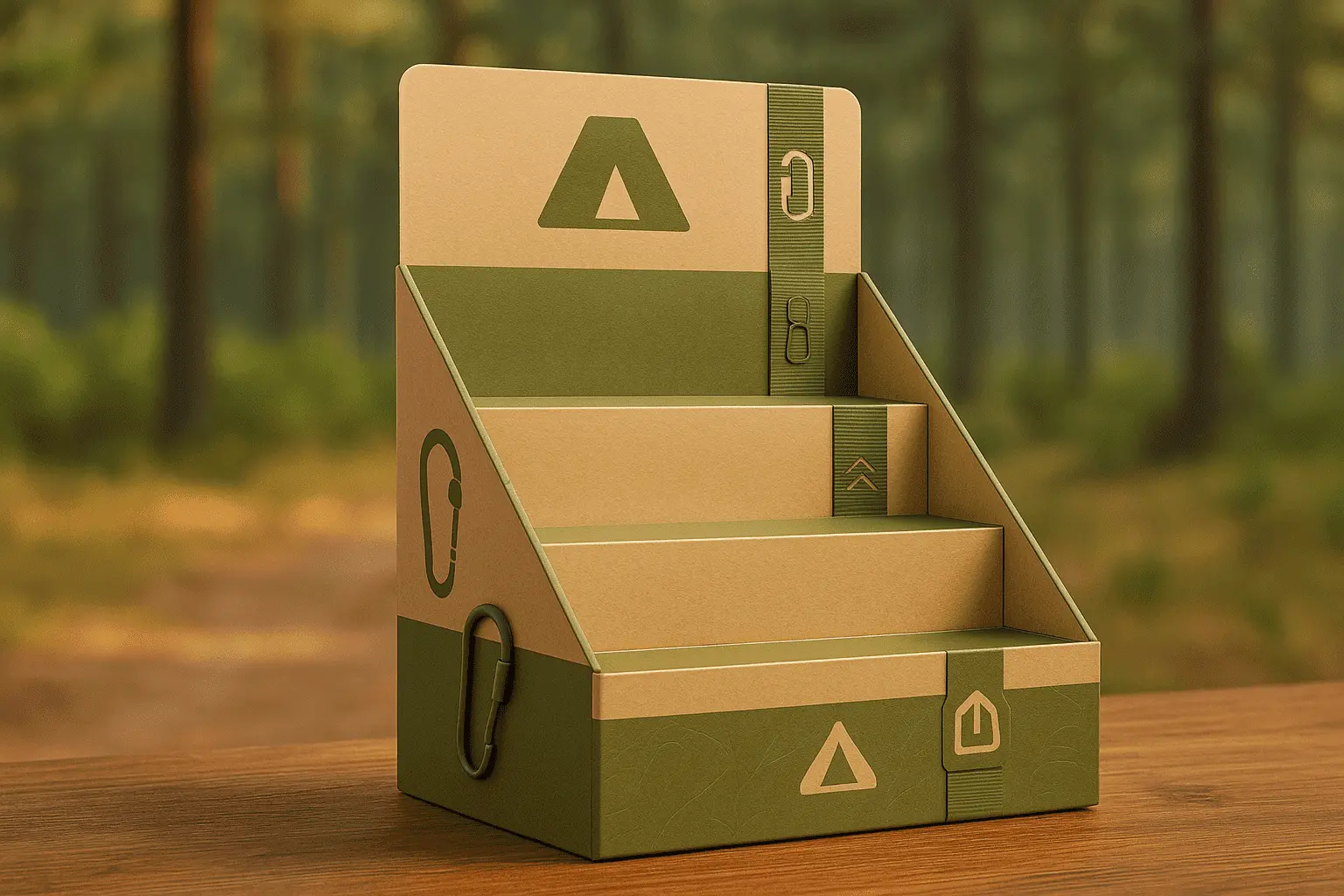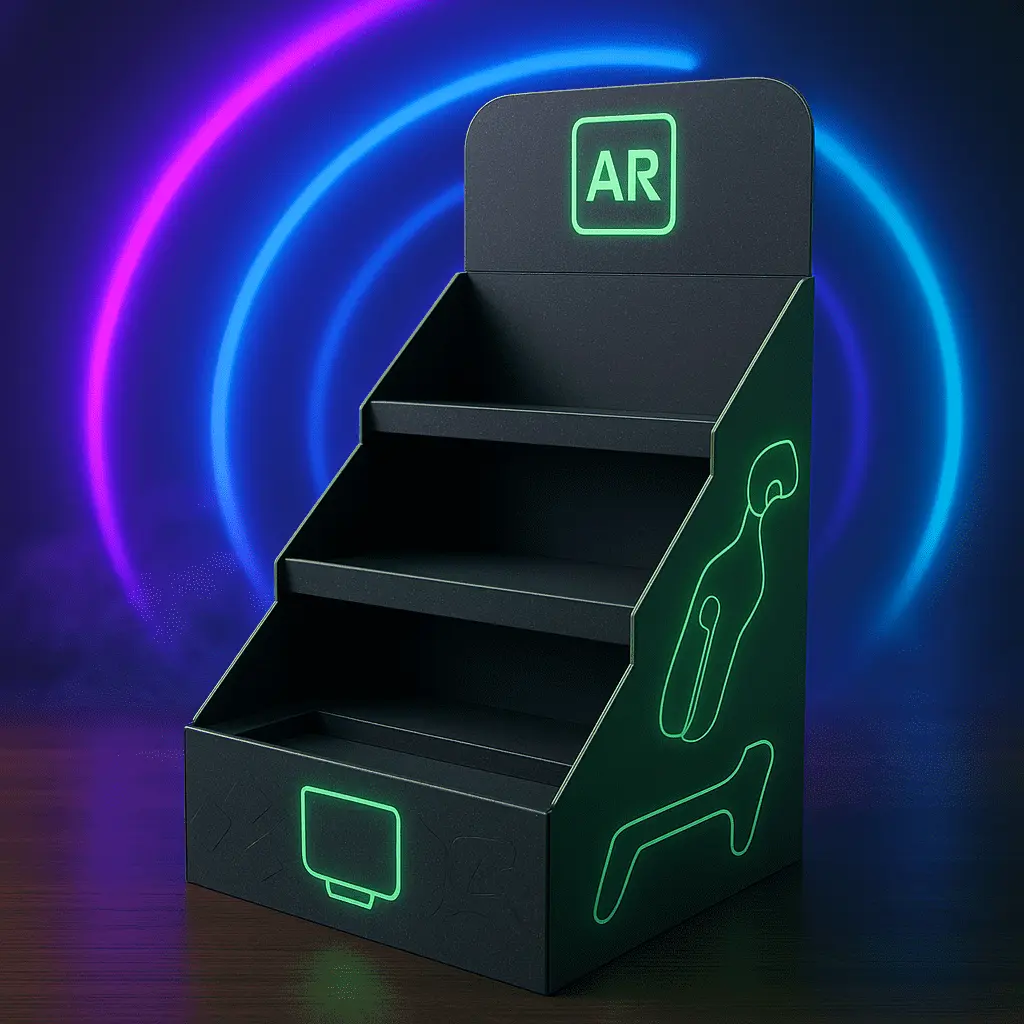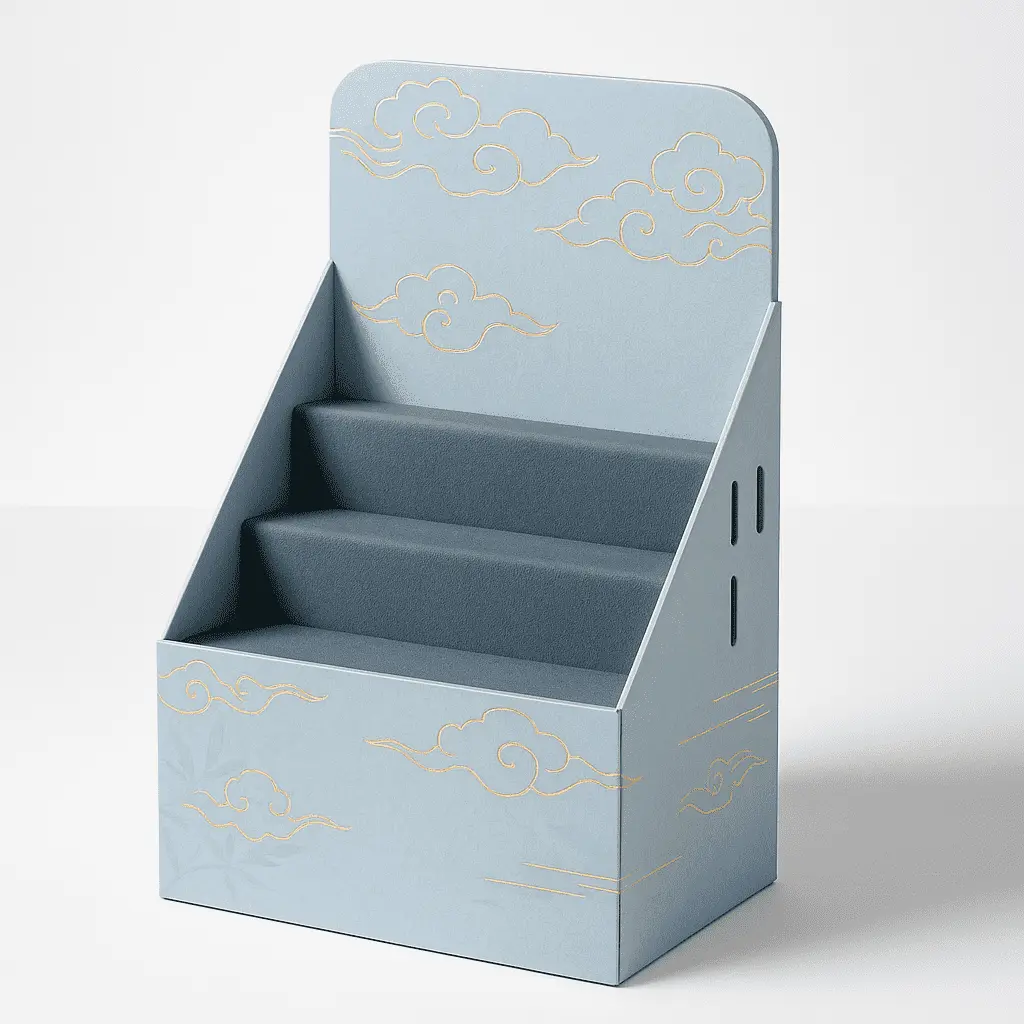Understanding the Importance of Brand-Aligned POS Displays
The Role of POS Displays in Retail Marketing
POS displays serve as powerful marketing tools in retail environments. These strategically placed fixtures capture customers' attention at the point of purchase, influencing their buying decisions. Effective displays not only showcase products but also communicate brand messages, create emotional connections, and drive sales. By integrating your brand identity into these displays, you create a seamless shopping experience that reinforces your company's values and aesthetics.
Brand Identity and Its Impact on Consumer Perception
Your brand identity is the visual and emotional representation of your company's values, mission, and personality. It encompasses elements such as your logo, color scheme, typography, and overall design aesthetic. When consumers encounter consistent brand representation across various touchpoints, including POS displays, it builds trust, recognition, and loyalty. A well-crafted brand identity helps differentiate your products from competitors and creates a lasting impression on shoppers.
The Synergy Between POS Displays and Brand Identity
When POS displays align with your brand identity, they become powerful brand ambassadors. This synergy creates a cohesive shopping experience that reinforces your brand's message and values. Branded displays help customers quickly identify your products among a sea of options, increasing the likelihood of purchase. Moreover, they contribute to the overall ambiance of the retail space, enhancing the customer's perception of your brand and potentially influencing their long-term relationship with your company.
Key Elements of Effective Brand-Aligned POS Display Design
Visual Consistency and Brand Recognition
Maintaining visual consistency across your POS displays is paramount for brand recognition. This involves using your brand's color palette, typography, and logo consistently and prominently. Consider how these elements interact with the products being displayed and the surrounding retail environment. Ensure that your brand's visual identity is immediately recognizable, even from a distance. This consistency helps create a strong brand presence and makes it easier for customers to locate your products within a busy retail space.
Material Selection and Quality Representation
The materials used in your POS displays should reflect the quality and values of your brand. For example, if your brand emphasizes sustainability, consider using eco-friendly materials such as recycled cardboard or sustainable wood. Luxury brands might opt for high-end materials like glass, polished metal, or premium plastics. The texture, finish, and durability of the materials should align with your brand's positioning and the expectations of your target audience. Remember that the quality of your display directly influences the perceived quality of your products.
Storytelling Through Design and Layout
Effective POS displays go beyond simply showcasing products; they tell a story that resonates with your target audience. Use the design and layout of your display to communicate your brand's narrative, values, and unique selling propositions. This could involve creating themed displays that align with your brand's ethos, incorporating lifestyle imagery that appeals to your target demographic, or using innovative display techniques that highlight your products' features. The goal is to create an emotional connection with shoppers and provide context for your products within your brand's broader story.
Practical Strategies for Designing Brand-Aligned POS Displays
Conducting a Brand Audit and Defining Display Objectives
Before designing your POS displays, conduct a thorough brand audit to ensure a clear understanding of your brand's current identity and positioning. Review your brand guidelines, analyze your target audience, and assess your competitors' display strategies. Define specific objectives for your POS displays, such as increasing brand awareness, showcasing new products, or driving sales of particular items. These objectives will guide your design decisions and help measure the effectiveness of your displays.
Integrating Technology and Interactive Elements
Consider incorporating technology and interactive elements into your POS displays to enhance engagement and reinforce your brand identity. This could include digital screens displaying product information or brand content, touchscreen interfaces allowing customers to explore your product range, or augmented reality features that bring your brand story to life. Ensure that any technological elements align with your brand's personality and enhance the overall shopping experience without overshadowing your products or brand message.
Testing and Iterating Display Designs
The process of creating effective, brand-aligned POS displays is iterative. Develop multiple design concepts and test them in real retail environments whenever possible. Gather feedback from customers, retail partners, and your sales team to understand how well the displays represent your brand and influence purchasing decisions. Use this information to refine your designs, making adjustments to layout, materials, or messaging as needed. Regular testing and iteration will help you optimize your displays for maximum impact and brand alignment over time.
Conclusion
Designing POS displays that match your brand identity is a crucial aspect of retail marketing strategy. By understanding the importance of brand alignment, focusing on key design elements, and implementing practical strategies, you can create displays that effectively showcase your products while reinforcing your brand's unique identity. Remember that successful POS displays not only catch the eye but also tell your brand's story, create emotional connections with customers, and drive sales. Continuously evaluate and refine your display designs to ensure they evolve with your brand and meet the changing needs of your target audience.
FAQs
1. How often should I update my POS displays?
The frequency of updates depends on factors like seasonality, new product launches, and campaign cycles. Generally, refreshing displays every 4-6 weeks keeps them relevant.
2. Can I use the same POS display design for different retail environments?
While maintaining brand consistency is important, it's advisable to adapt designs to suit different retail contexts for optimal effectiveness.
3. How do I measure the success of my POS displays?
Track metrics such as sales lift, customer engagement time, and feedback from store staff and customers to gauge effectiveness.
Custom POS Display Solutions for Your Brand | Fetching Printing
At Fetching Printing, we specialize in creating custom POS displays that perfectly align with your brand identity. As a leading manufacturer and supplier, our experienced team can bring your vision to life, ensuring your displays stand out in any retail environment. From concept to production, we offer comprehensive solutions tailored to your specific needs. Contact us at support@fetchingprinting.com to discuss your custom POS display requirements and elevate your brand presence today.
References
Smith, J. (2022). The Psychology of Retail Display Design. Journal of Consumer Behavior, 15(3), 245-260.
Johnson, A. & Brown, T. (2021). Brand Identity in Retail Environments: A Comprehensive Guide. Marketing Insights Publishing.
Lee, S. (2023). Innovative POS Display Strategies for the Digital Age. Retail Technology Review, 8(2), 112-128.
Garcia, M. (2022). Sustainable Materials in Retail Displays: Consumer Perceptions and Brand Impact. Green Marketing Quarterly, 19(4), 301-315.
Thompson, R. (2023). The Art of Storytelling Through Retail Displays. Visual Merchandising Today, 11(1), 45-60.
Wilson, K. & Davis, L. (2021). Measuring ROI of In-Store Displays: Metrics and Methods. Journal of Retail Analytics, 7(3), 178-195.





